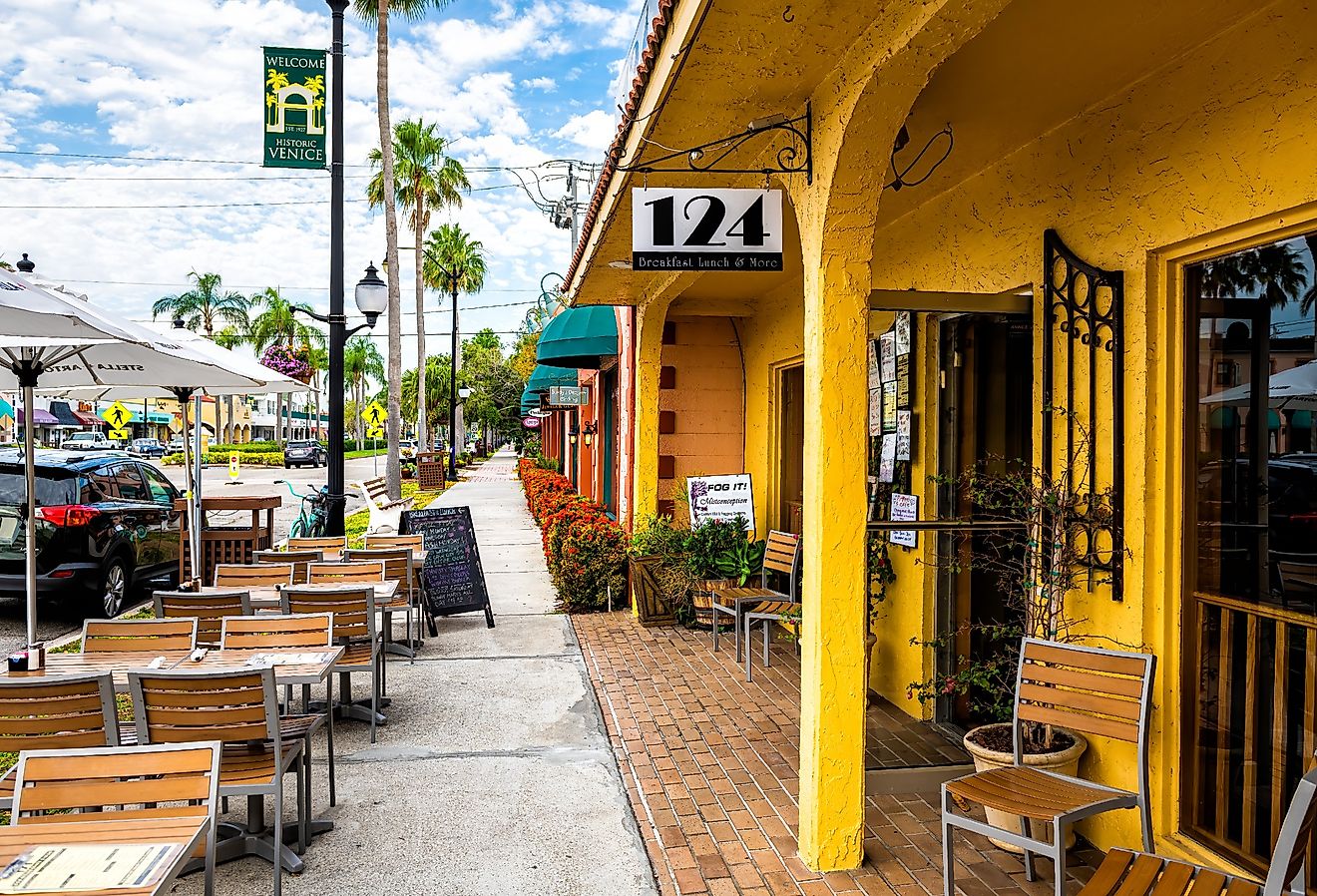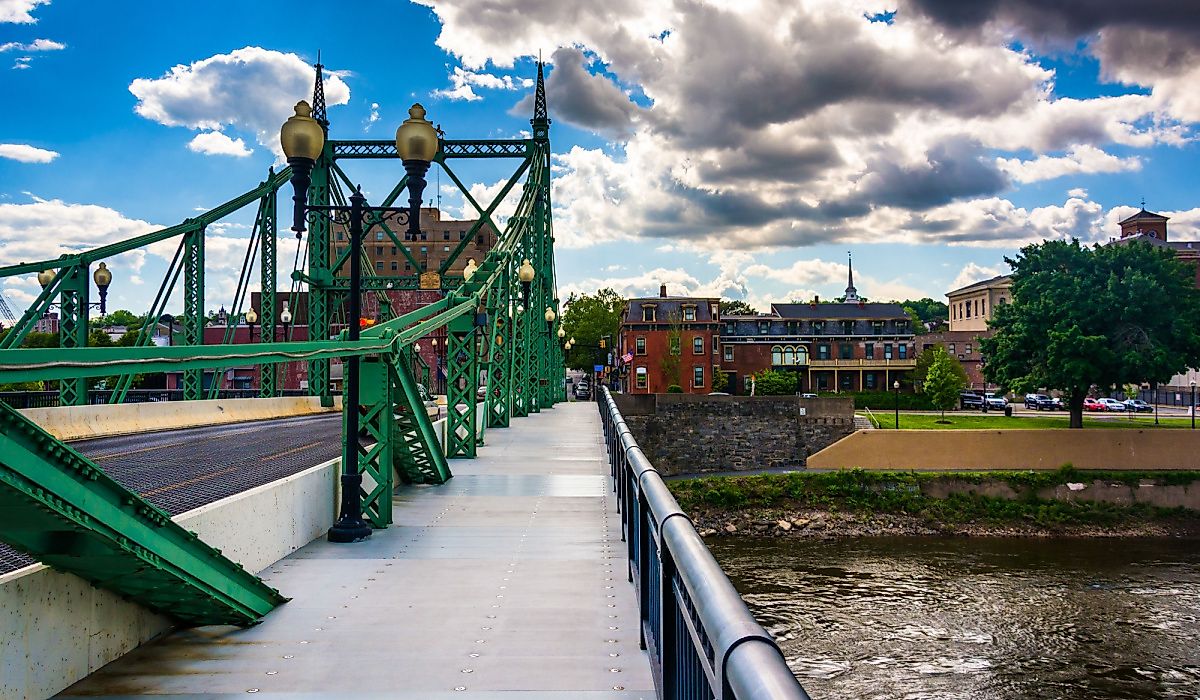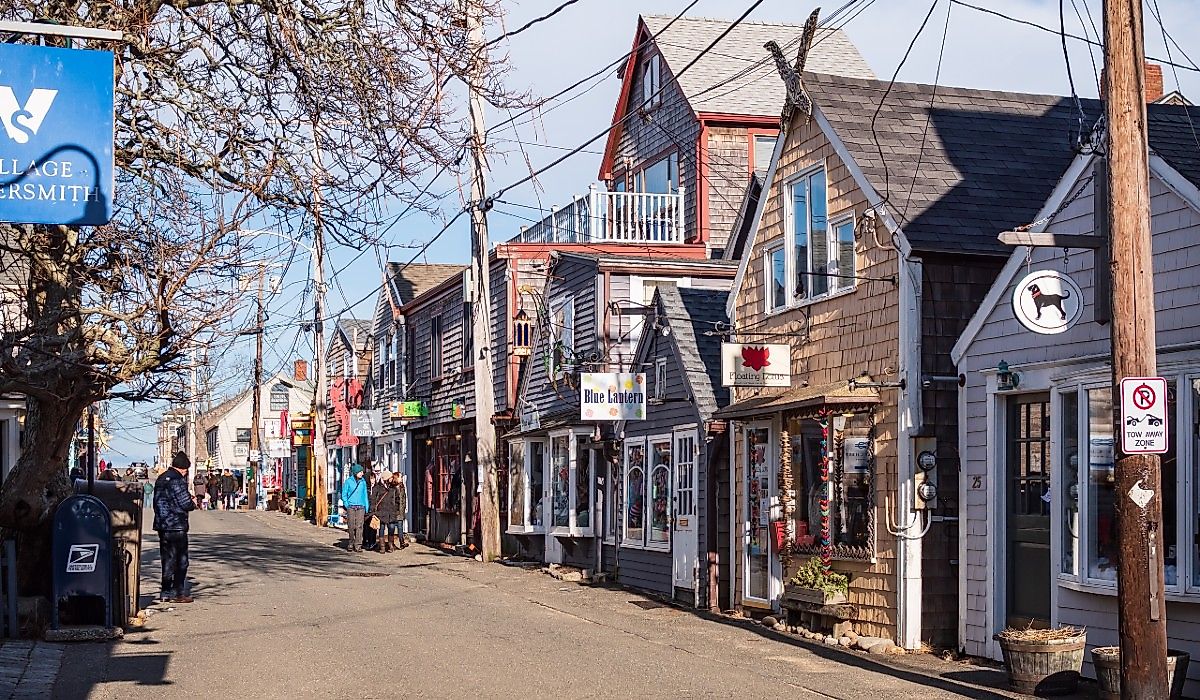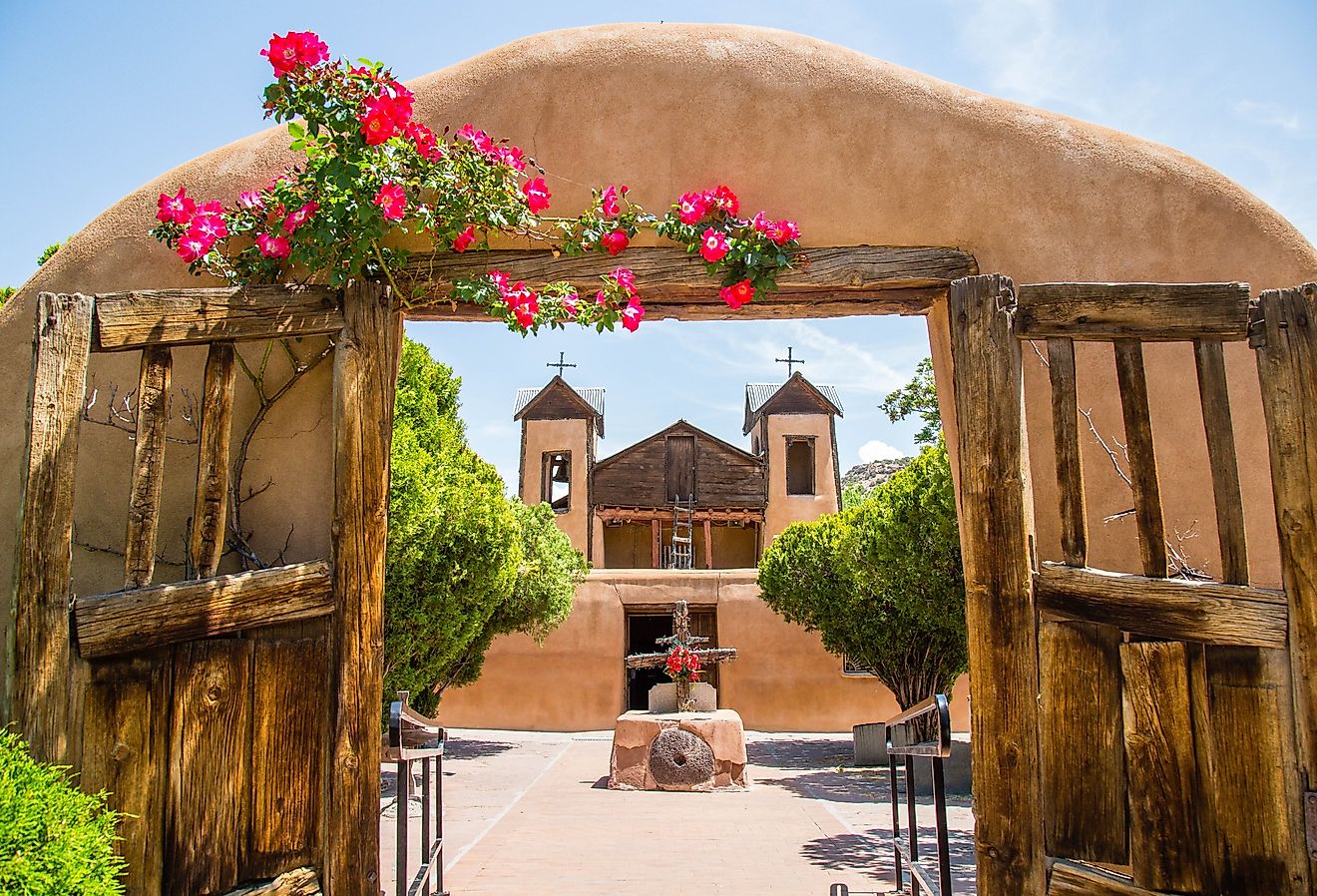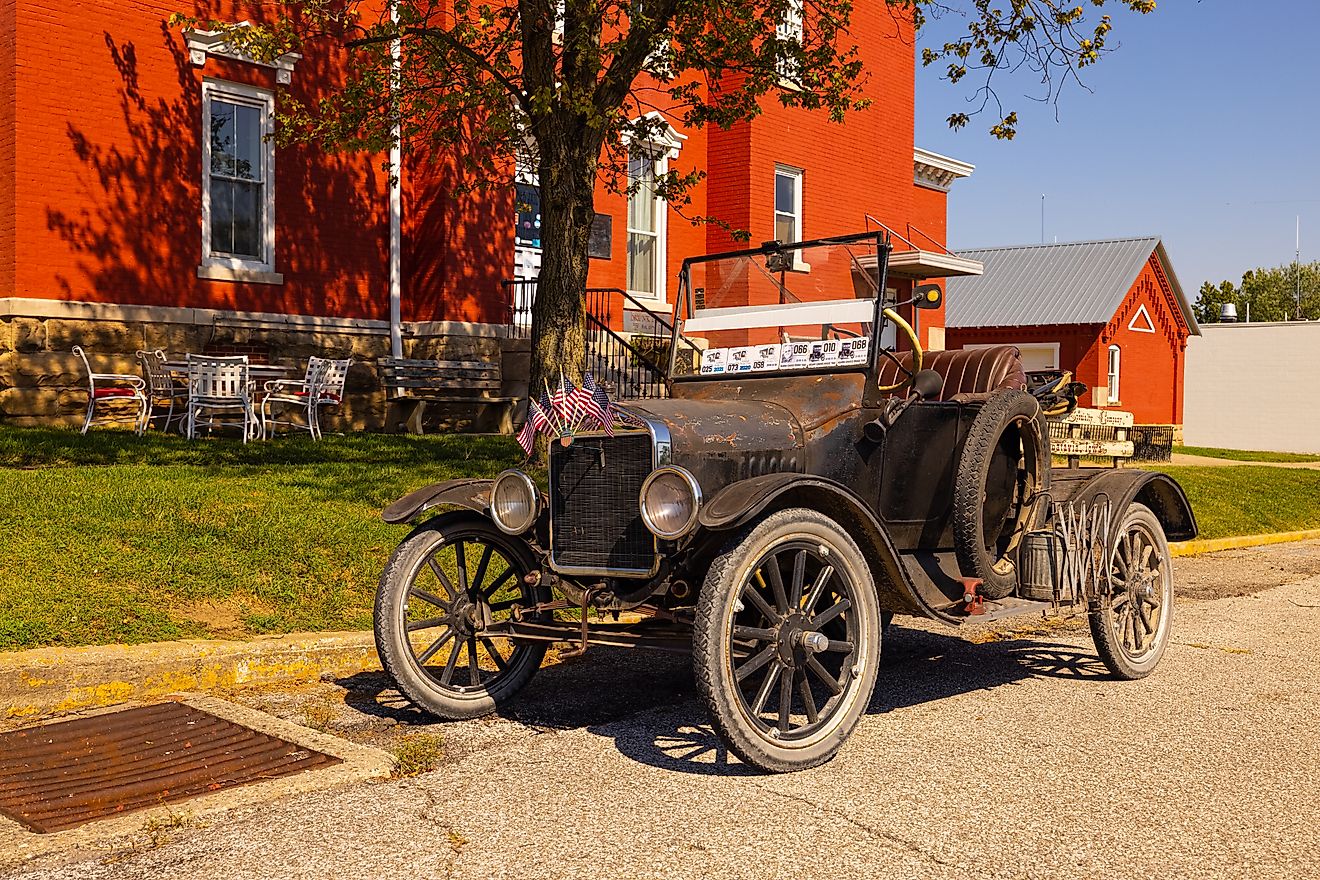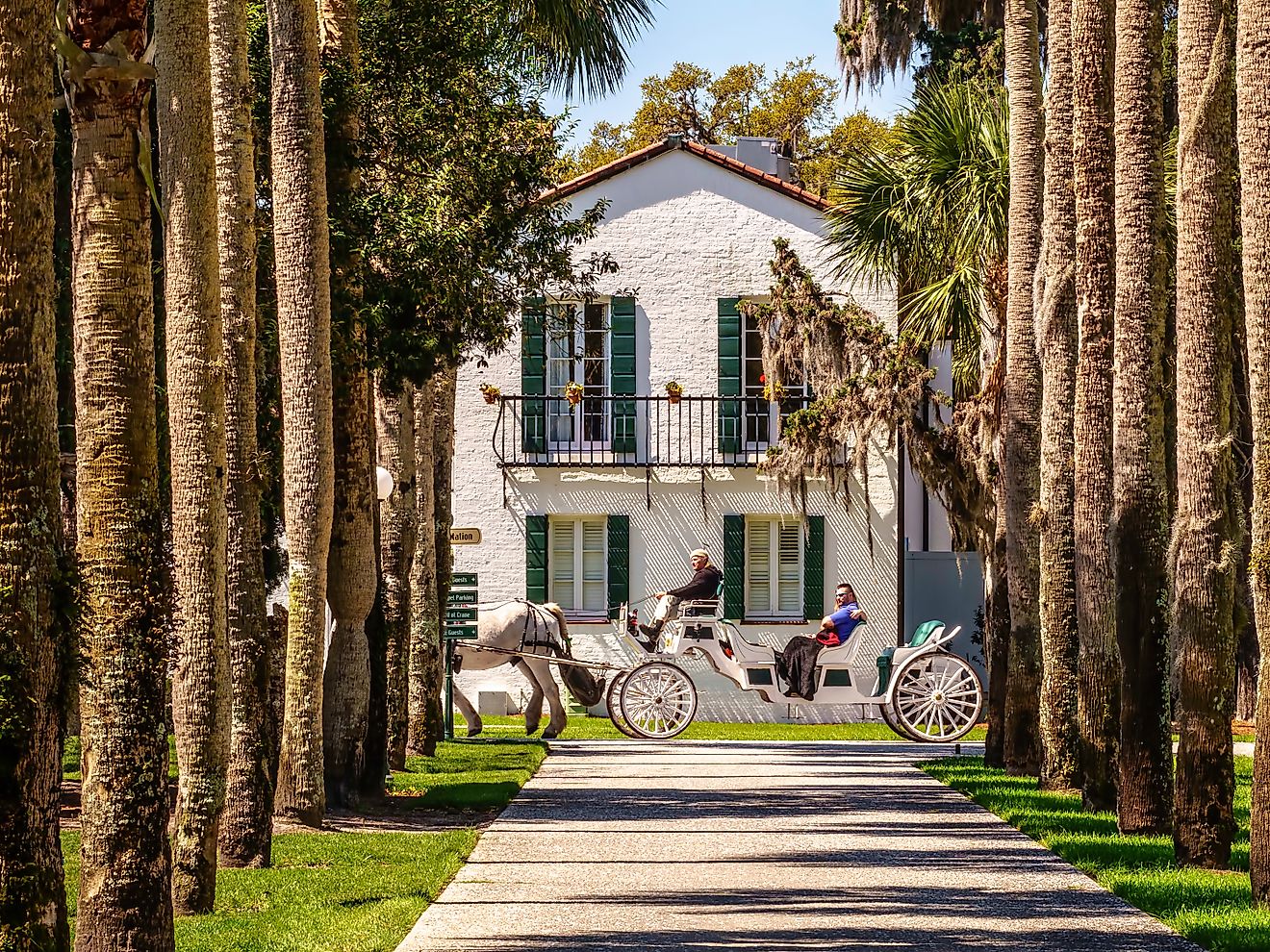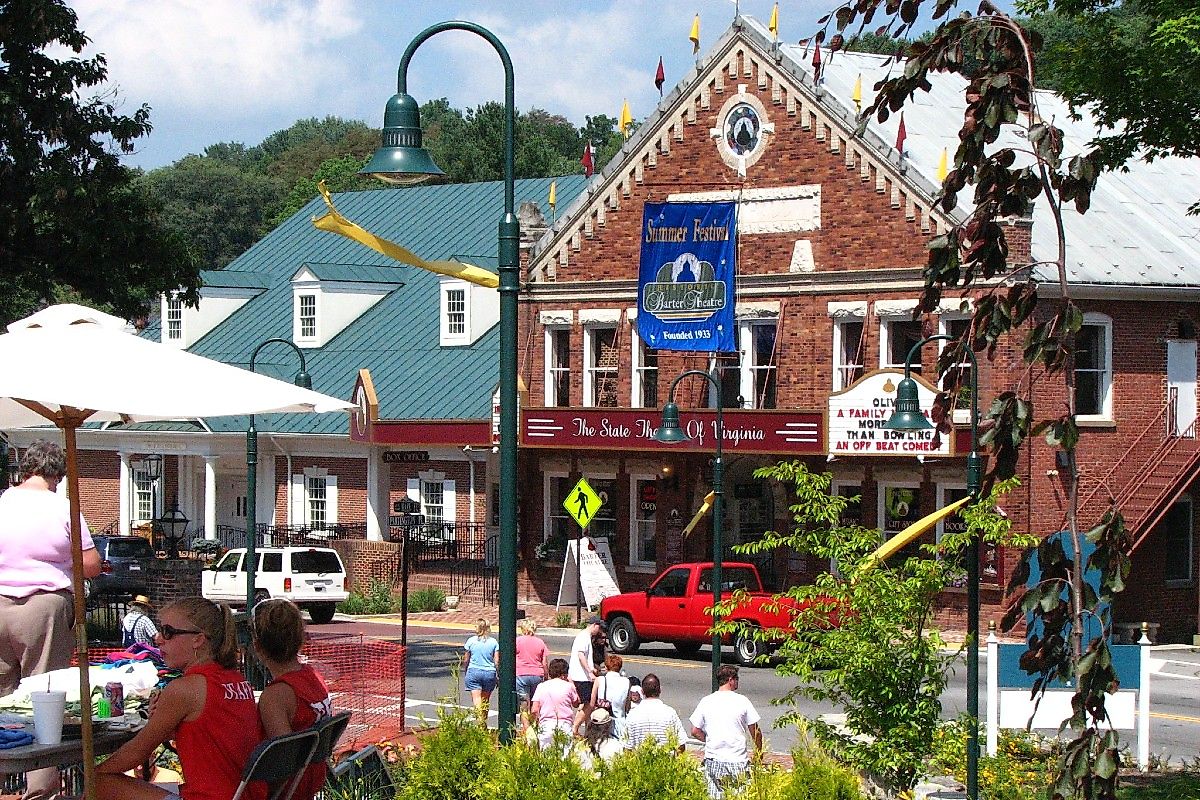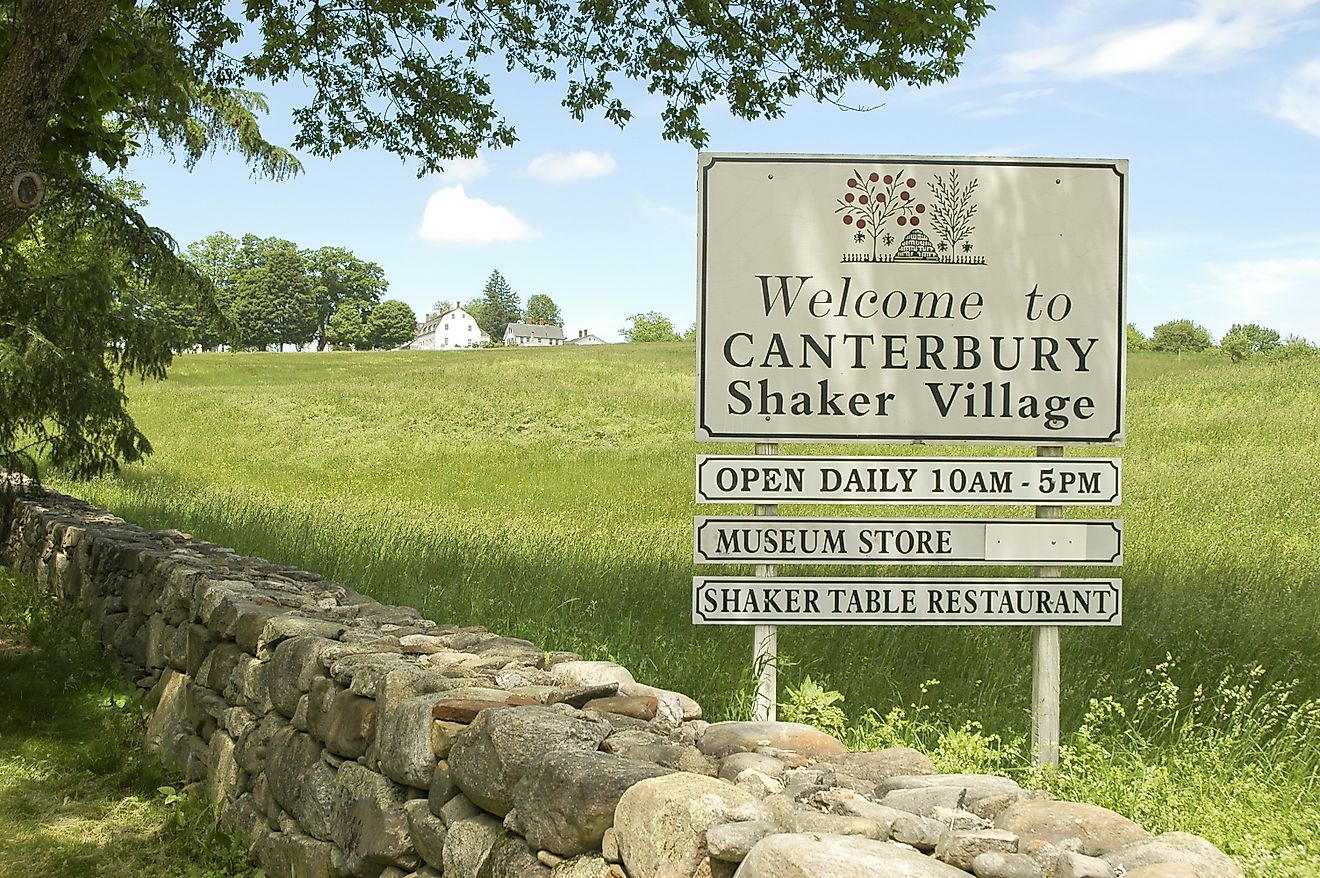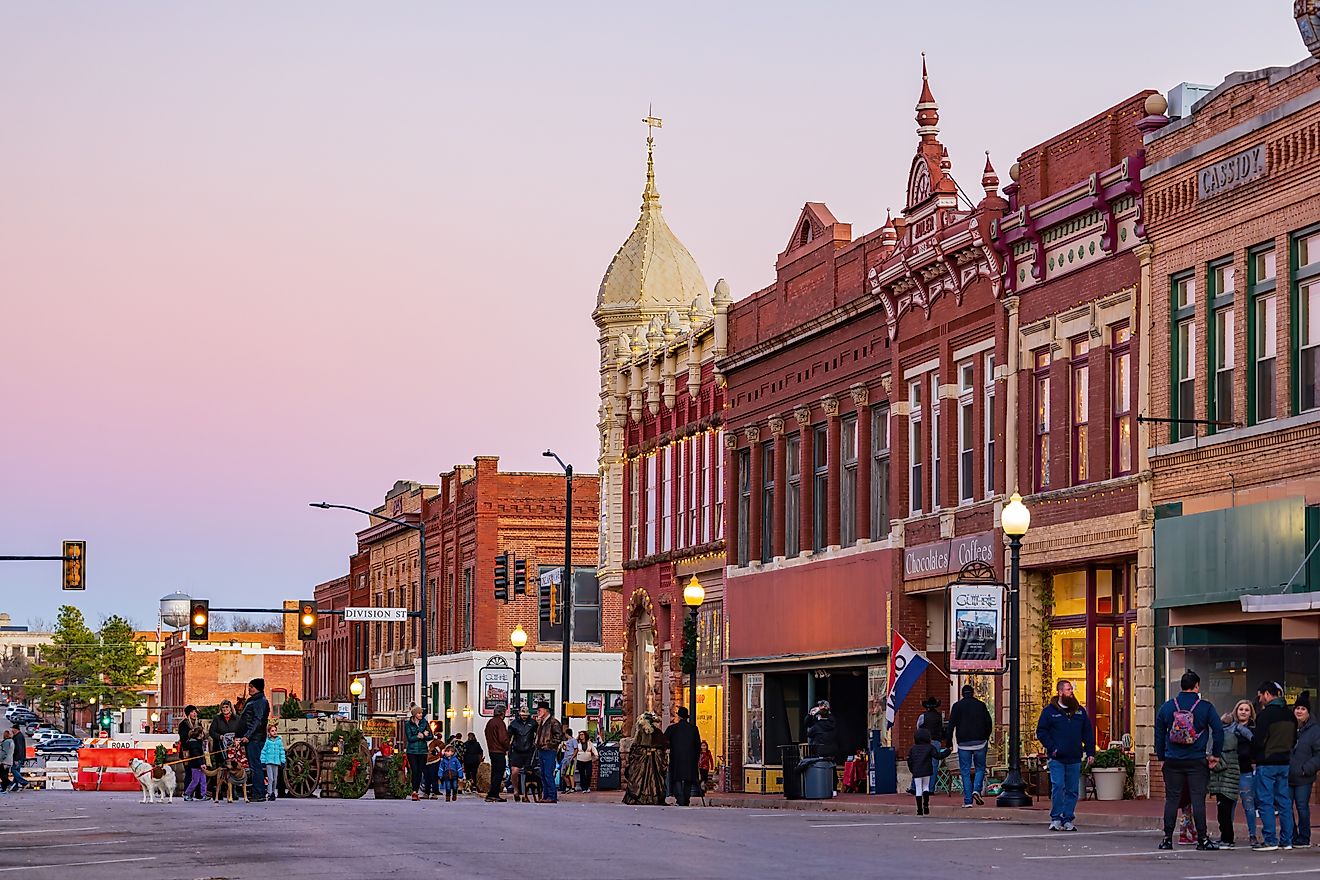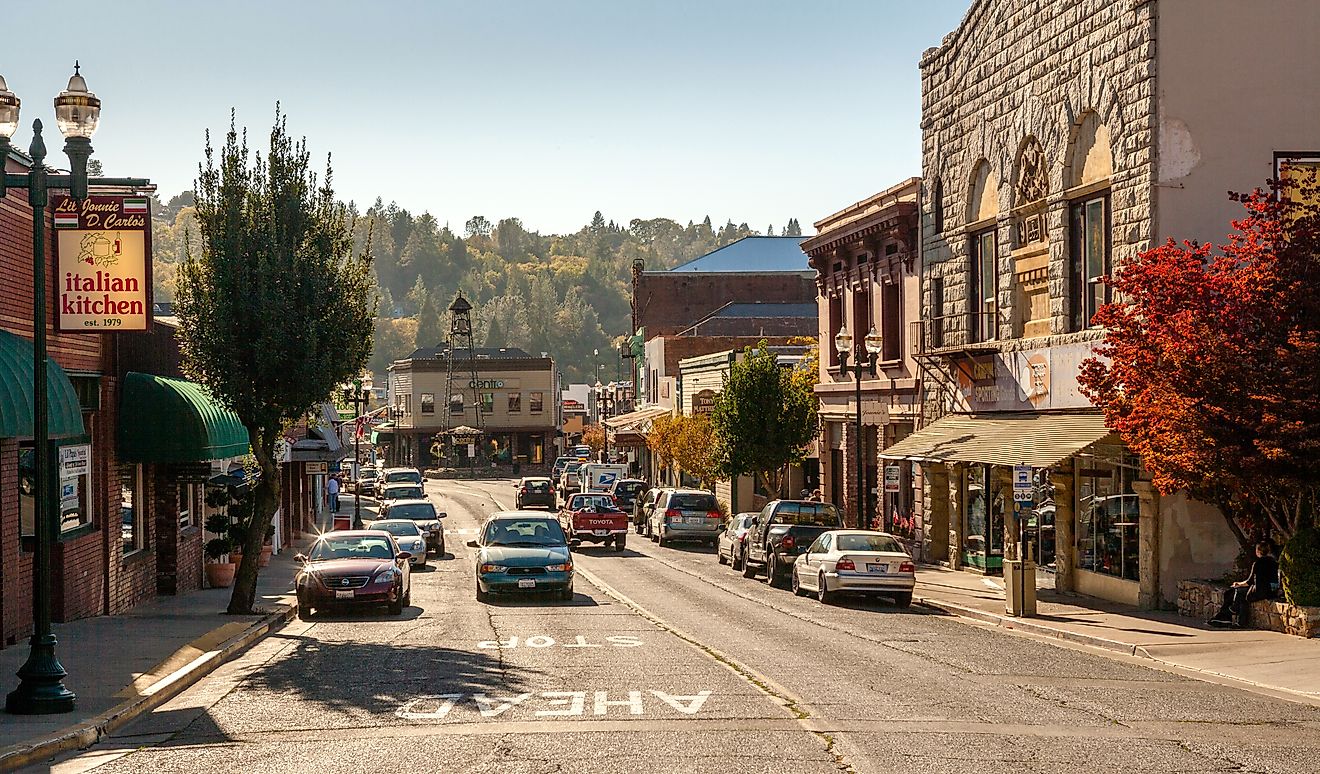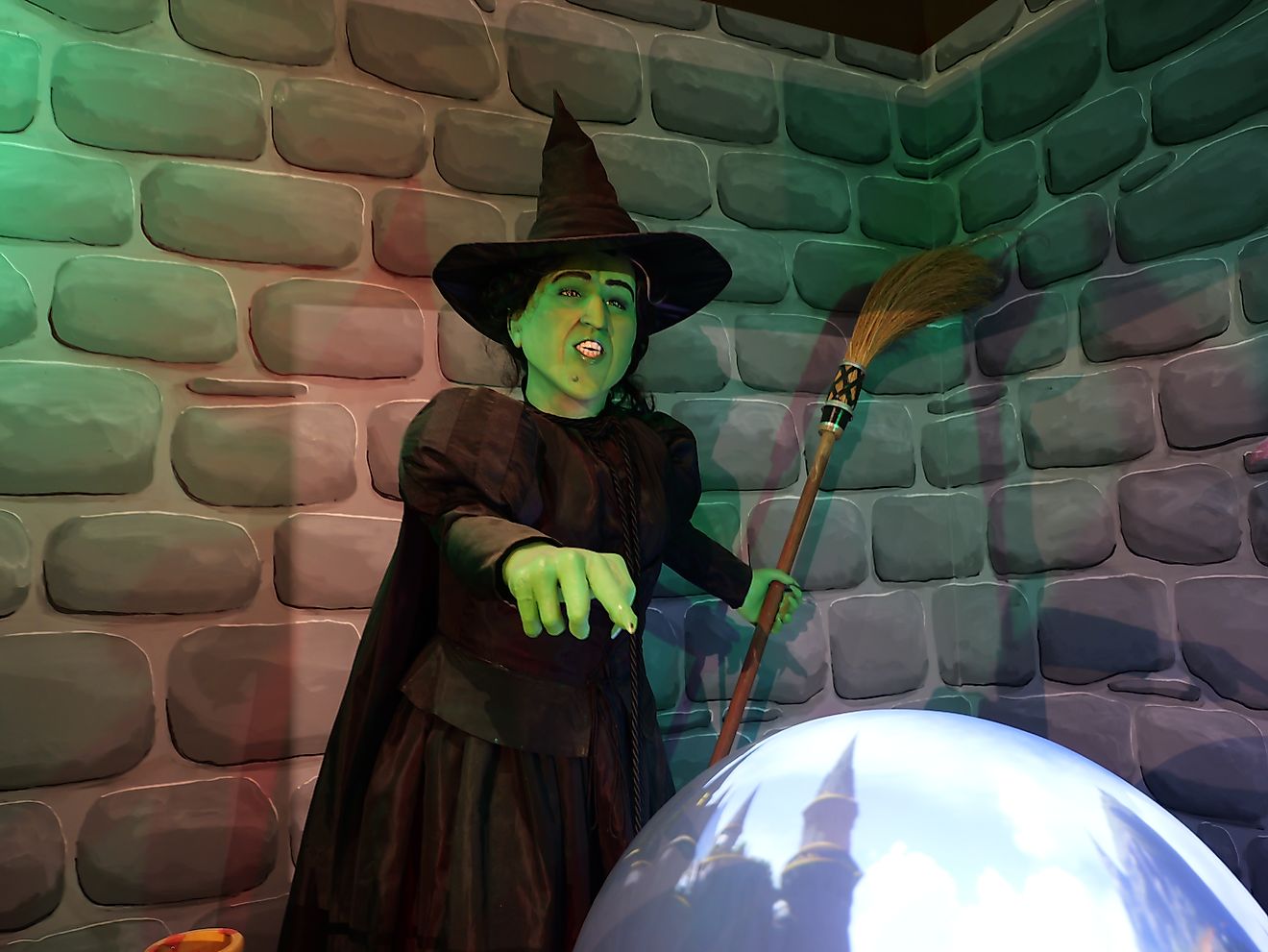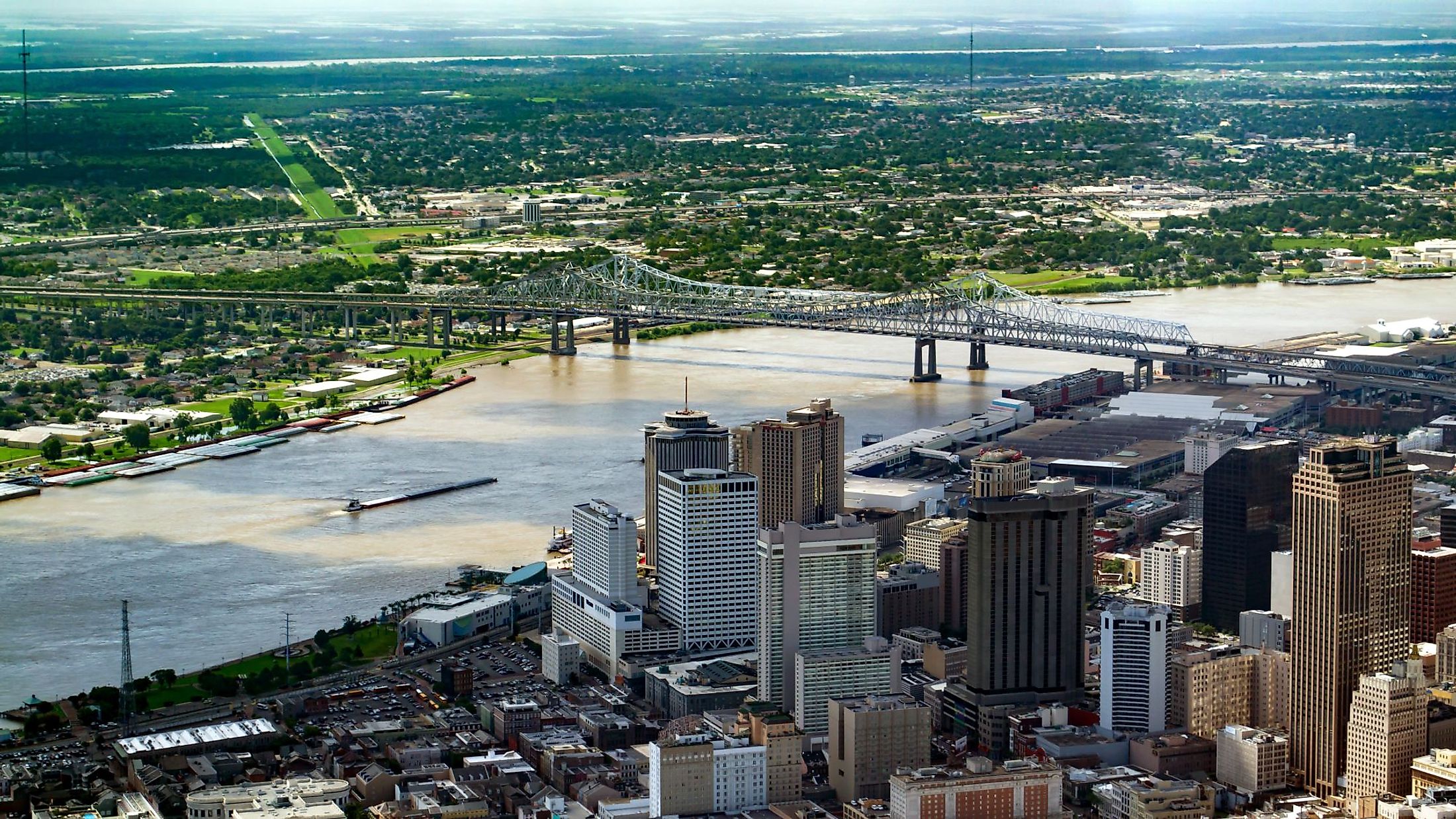
New Orleans, Louisiana
New Orleans, Louisiana, is an urban sprawl and an epitome of progress and splendor. It has evolved a unique culture and society and an uninhibited spirit and vitality. It is a city that holds a blend of heritage and is not only a historical and cultural playground but also an economic hub that contributes to the region’s economy. New Orleans has been blessed with a strategic geographical location, a moderate climate, and a unique combination of city life, festivals, and historical significance. The city has a vibrant lifestyle and a tasty recipe to captivate everyone. All accumulates to undoubtedly classify New Orleans as one of the most distinctive cities in the United States.
Geography And Climate Of New Orleans
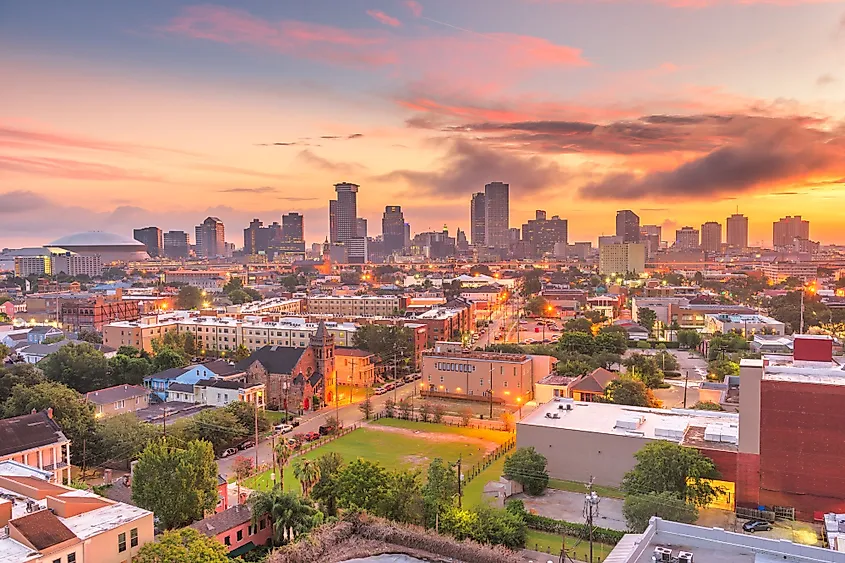
The city of New Orleans lies in southeastern Louisiana, commanding the mouth of the great Mississippi-Missouri river system draining the rich interior of North America and delta at the Gulf of Mexico. It is the largest city in Louisiana, compassing 910 sq. km and anchoring the larger New Orleans-Metairie-Kenner Metropolitan area of 972.6 sq. km. New Orleans has a population of 383,997, while Greater New Orleans has a population of 1,271,845, as last recorded in 2020 by the US Census. Hurricane Katrina's hit on the city led to a massive population decline, displacing thousands of residents. However, the city retained some residents with a slight rebound in population since its redevelopment efforts. New Orleans is now considered the most populous area in all of Louisiana. The central portion of New Orleans Metropolis is almost entirely surrounded by water. Lake Borgne borders it to the east, Lake Pontchartrain to the north, wetlands to the west and east, and to the south, the Mississippi River. More than half of the land in the area sits either at sea level or below, and further inland rises to almost 371 feet.
New Orleans is Louisiana's lowest point and lies as low as -9ft below sea level. The low-lying city is prone and vulnerable to natural disasters due to its low elevation, high rainfall, and proximity to multiple bodies of water. The low flat terrain of the city's area has forced a complex system of man-constructed levees, canals, and pumps to reduce the risk of flooding. However, It had its share of severe damage in 2005 in the wake of the devastating Hurricane Katrina. As per the Köppen climate classification, New Orleans experiences a humid subtropical climate, with hot, humid summers and short, pleasant winters. The city hasn't witnessed much snowfall, as freezing weather rarely comes to town.
Brief History Of New Orleans
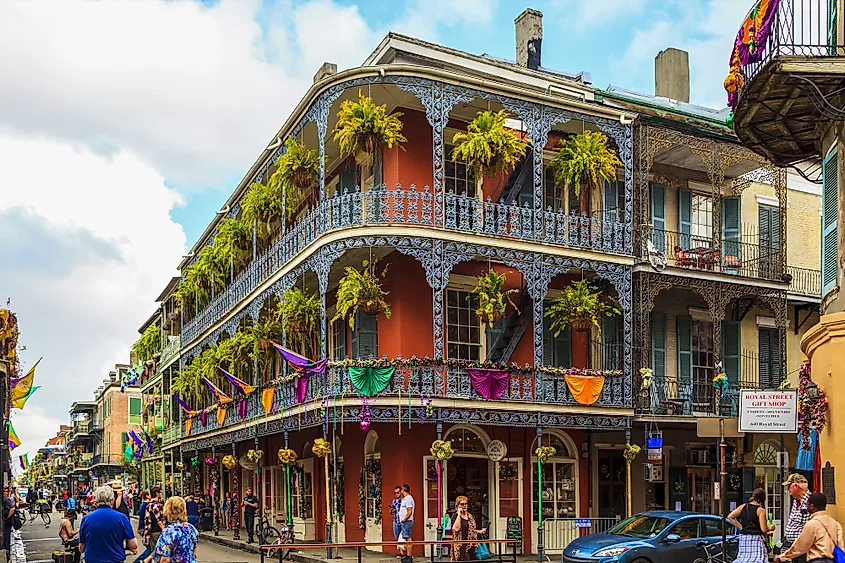
Established in an environment of conflict, New Orleans’ strategic positioning on the map made it a pawn in the struggles of Europeans throughout many years of seeking control of North America. Inhabited for more than a thousand years by Native Americans, the city saw its first European arrival in the 1690s by French explorers predating its official founding. The first colonial settlement was granted the lands in 1708. Then in 1718, the city was founded by Sieur de Bienville of the French Mississippi company and called La Nouvelle-Orléans at the time, in honor of Philip II, the Duke of Orléans. The French colony secretly agreed for the land to be ceded to Spain in 1763, sustaining control until 1801 when Spain returned Louisiana back to Napoleon’s France. In 1803, Napoleon the First negotiated the sale of Louisiana to the United States, and the transfer of power was handed in the winter of that same year, thus creating New Orleans’ first city council. The population increased afterward with an influx of settlers. It consisted of a melting pot of French, Americans, African, Caribbean, and Creoles, pillars of the city’s cross-cultural and multilingual heritage, colliding in a brilliant explosion of flavors, emotions, and sounds.
The Economy Of New Orleans
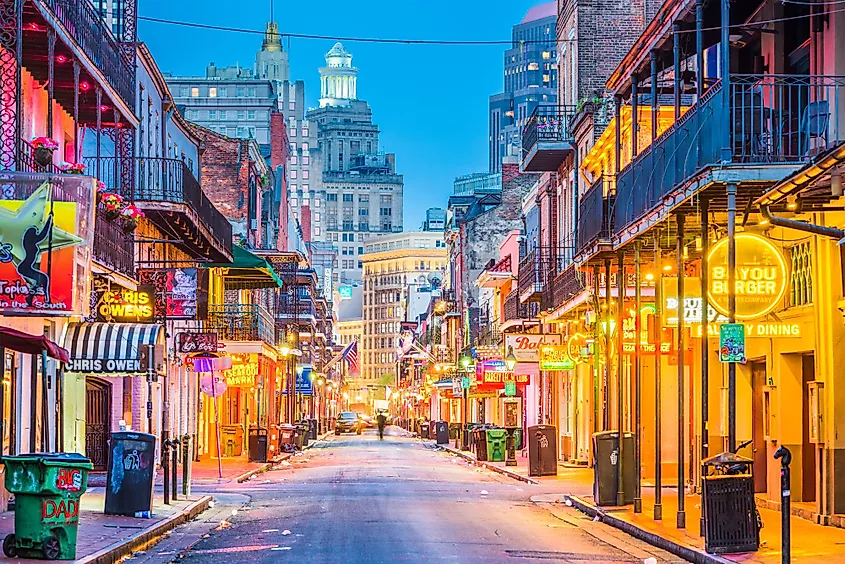
New Orleans showed rapid growth and has been a commercial and economic center in the southern region along the Gulf of Mexico. The city's port has been a primary contributing factor to the economic life of New Orleans and even that of the United States. The city and its metroplex are home to one of Fortune 500 companies, Entergy, and Greater New Orleans serves as a significant industrial area, facilitating a handful of creative and diverse industries. It also hosts operations for large international and multinational conglomerates such as AT&T, Globalstar, and GE Capital. The tourism sector contributed to more than $10.05 billion in 2019 alone, a staple of the city's economy, boasting the most visited tourist destinations, landmarks, and annual festivities. New Orleans has strengthened its economy over the times and now is supported chiefly by its port activities, cultural tourism, manufacturing, technology, and healthcare.
The Crescent City
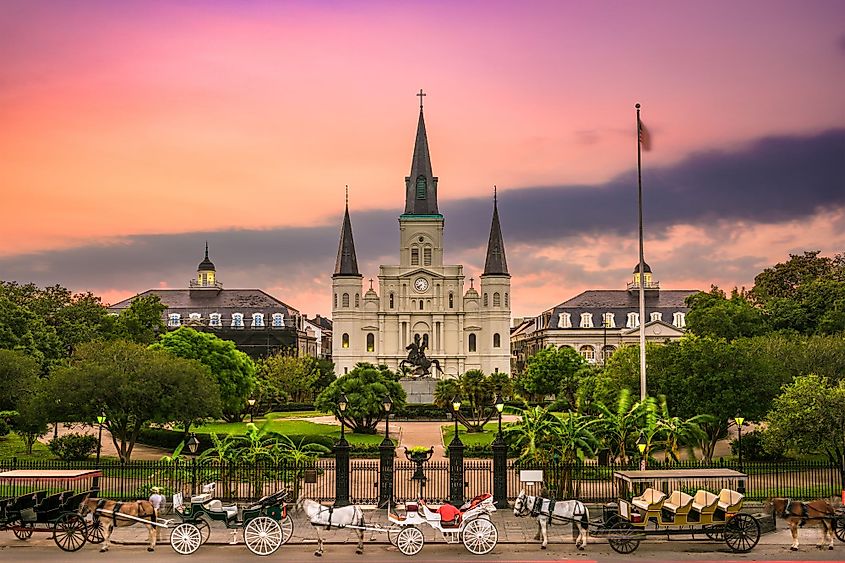
New Orleans has been described as the "most unique" in the United States. The city perfectly merges modernity and culture in one place. A real taste of the past can be experienced when in New Orleans. It is distinct with its architectural character that combines multiple colonial traditions. The city boasts an atmosphere of a foreign city, with architectural adaptations and native ingenuity dating back to colonial times. It is well known for the Vieux Carré, a french quarter, St. Louis Cathedral, the Cabildo, the Presbytère, centuries-old Spanish oak trees, and many other notable landmarks.
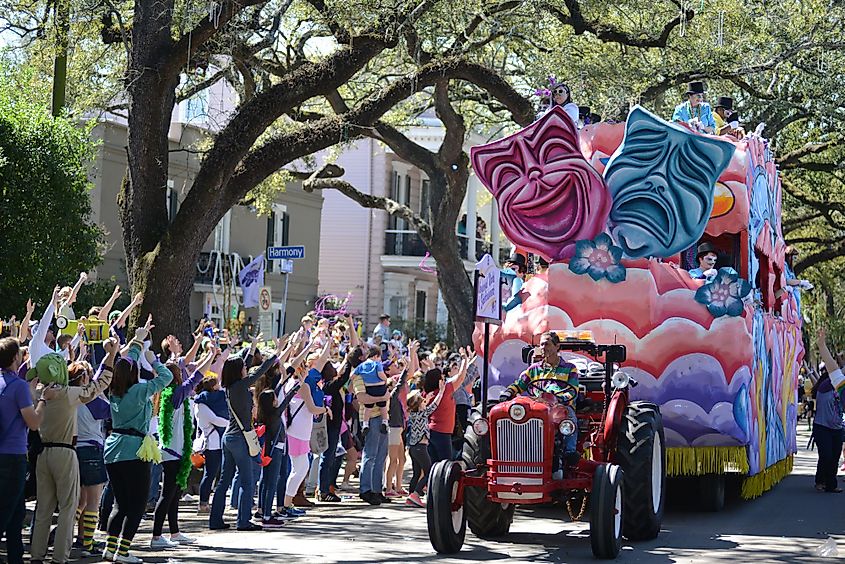
New Orleans is famously recognized for being the birthplace of Jazz and has been a musical and art center for many years. It also celebrates many carnival activities, and its most famous one is the Mardi Gras, which fills people from all over Louisiana and the US. New Orleans is prominent in the film industry and pop culture, securing a nickname as "Hollywood South." The city is also known for world-renowned Louisiana Creole and Cajun cuisine. Sports have a good share in the New Orleans community, home to the Mercedes-Benz Superdome. The city exhibits many other facilities for recreation and relaxation. It has always been a town for good time seekers, with everything it features is a sightseer's delight. New Orleans has often been referred to by many other nicknames such as "the city that care forgot," "The Big Easy," "The Crescent City," and "Nola," which tells how rich and remarkable this city is.
